How to Make a Cheese Platter
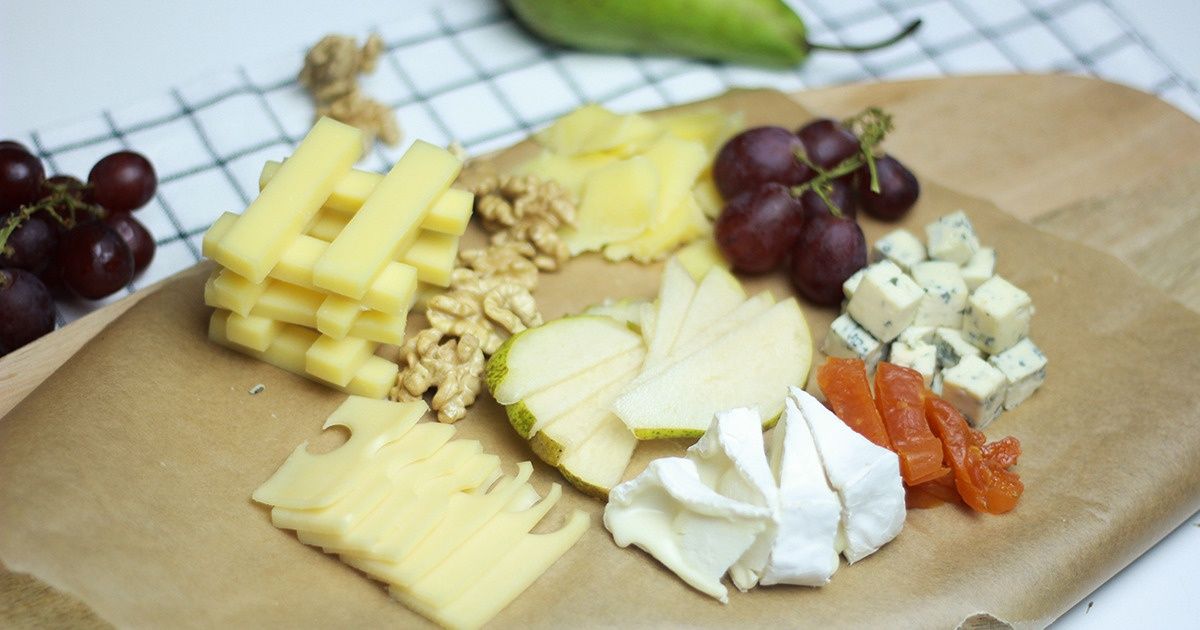
A cheese platter is a great dish for any party, but you have to know a few rules and something about cheeses to make it right.
5-Minute Crafts would like to find out how to cut, serve, and complement cheeses correctly to make a proper cheese platter that can compete with a similar restaurant dish.
How to select cheeses
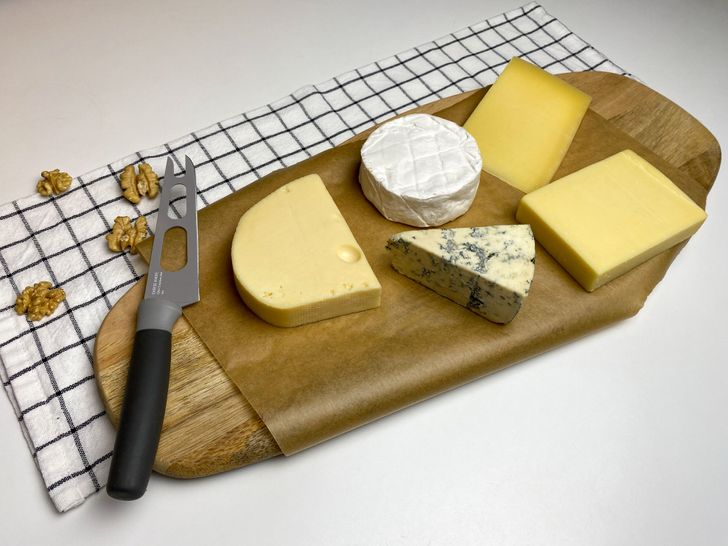
-
For a proper cheese platter, you have to select cheeses that are made in line with European recipes.
-
It is recommended to use 4 to 5 different cheeses simultaneously.
-
Use white mold cheese (Bree, Camembert), semi-hard cheese (Maasdam, Gruyère, Emmental), hard cheese (Grana Padano, Parmesan, Sbrinz), and blue mold cheese (Dorblu, Gorgonzola, Roquefort). You can also choose unusual cheeses like Brunost or goat cheese.
How to cut and serve cheeses
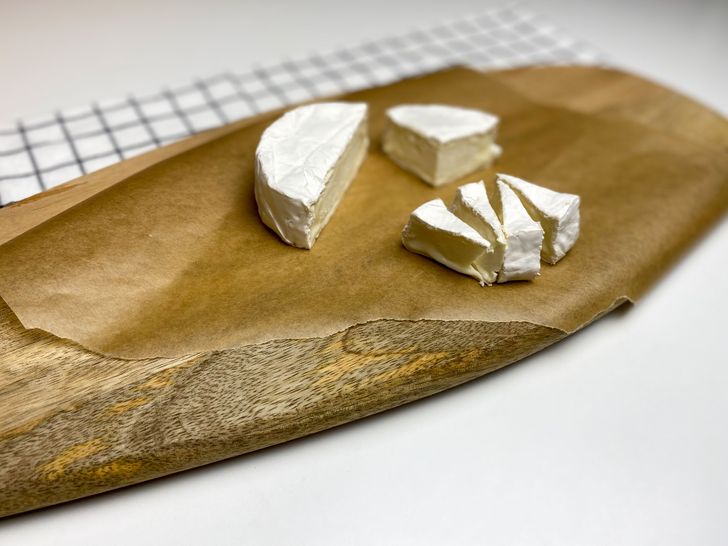
-
All cheeses on the cheese platter should be cut in a different way so that you can easily understand what type of cheese it is.
-
You should serve cheeses clockwise as their taste intensifies. This way, your guests will understand in which order they have to taste the cheeses.
-
They should begin with white mold cheese. We used Camembert.
-
You don’t need to cut off the mold, it’s safe to eat.
-
It’s better to cut Bree and Camembert in triangles.
-
If the cheese is leaking (which means it’s mature), you can use crackers with a neutral taste as small plates for this cheese.
-
You should put the first cheese with the mildest taste on the plate for 6 hours. It should be placed in the lower point of the circumference of the plate.
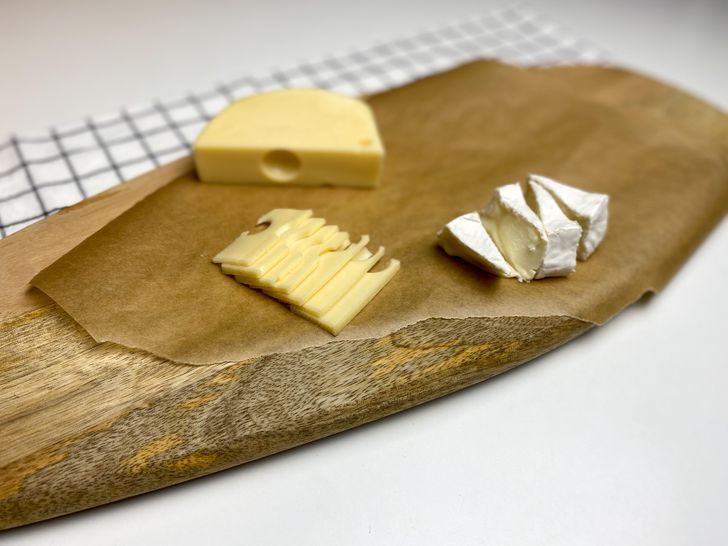
-
Then move clockwise. Semi-hard cheese should be served next. We used Maasdam.
-
Maasdam has beautiful holes, so it’s nice to slice it thinly.
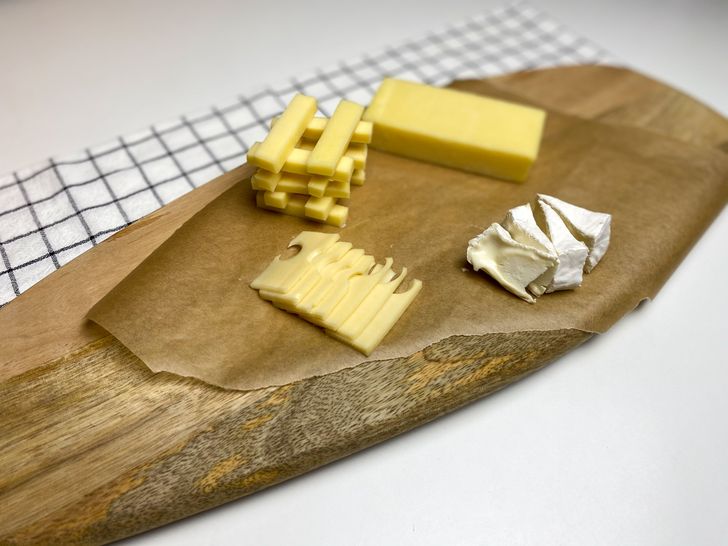
-
If 2 cheeses of the same type have different tastes, you can use both on the same platter.
-
That’s why we decided to use Maasdam and Gruyère.
-
Gruyère has a slightly grainy texture, so you can slice it into rectangular sticks.
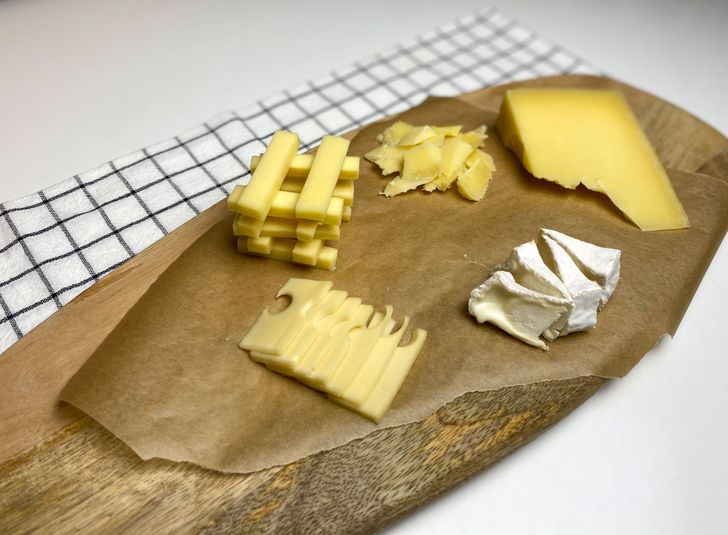
-
Continue to move clockwise. Now, it’s time for hard cheeses. We used Parmesan.
-
These cheeses can be easily chopped. Don’t slice Parmesan, instead chop off small pieces with the help of a knife.
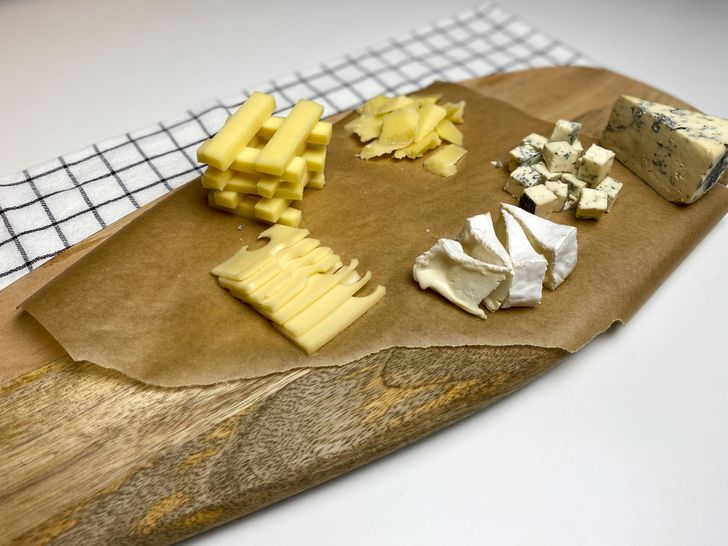
-
Blue mold cheeses have the brightest taste. That is why they will complete the cheese platter. We used Dorblu.
-
Cut the blue mold cheese into cubes.
What you can add to the cheese platter
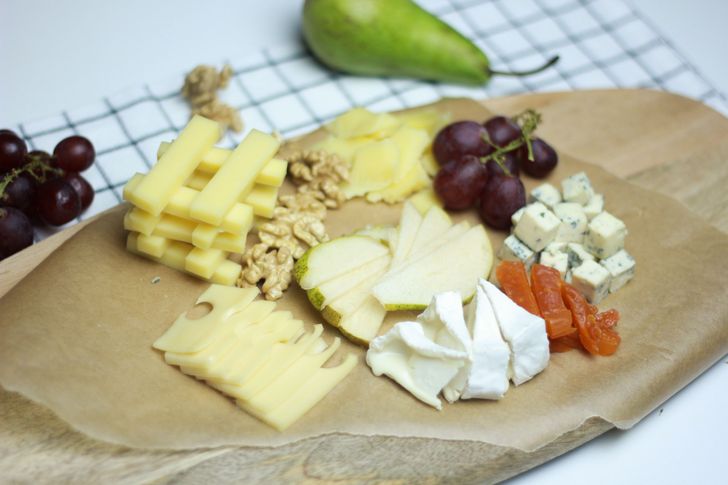
-
Nuts complement semi-hard and hard cheeses well.
-
Put grapes between hard and blue mold cheeses.
-
Dried fruits like dried apricots or figs complement white mold cheeses well.
-
A pear must be on a cheese platter. It helps to neutralize the taste of the cheese before you taste the next one.
-
All additional ingredients should be cut into small cubes.
-
Stick toothpicks into the first cheese (white mold cheese) to let your guests know that they should start their tasting with it.